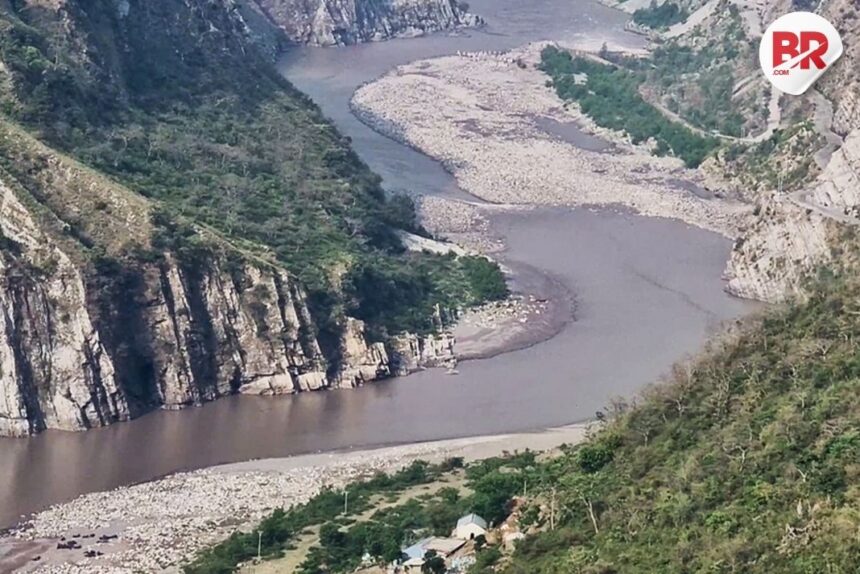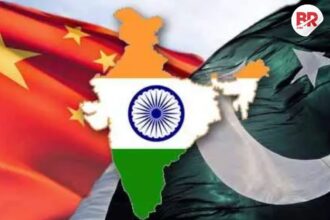
India is set to rebuild and expand several old canals linked to the Indus river system, starting with the Kathua, New Partap, and Ranbir canals, which were built over 100 years ago. The plan also includes building new canals to increase the country’s net irrigated area, which has seen very little growth in recent years.
This move comes after India suspended the Indus Waters Treaty (IWT) with Pakistan last month. The treaty had earlier limited India’s ability to repair or build new water channels from the Indus river system, even though the population and demand for irrigation have grown.

According to government officials, the rebuilding work had been in the pipeline for a while but could not be executed due to restrictions from the treaty. Once the treaty was paused on April 23, work was immediately prioritized. India is also preparing to clean (desilt) several canals, including Ranbir, New Partap, Ranjan, Tawi Lift, Paragwal, Kathua, and Ravi, under the guidance of the central government.
Read More: Indus River Shock: Why India’s Canal Expansion Has Pakistan in Panic Mode
Expanding these canals will help increase water flow and provide better irrigation, especially in Jammu & Kashmir, where farming is often affected by late and short monsoons. The region has good potential for agriculture, but water shortages have always been a challenge.
Officials say the Ranbir and Partap canals are especially important. These canals provide over 90% of irrigation water in the Jammu region. For example:
- The Ranbir canal, built in 1905, is about 60 km long but hasn’t been updated to match today’s water demands.
- The Old Partap canal, built in 1906, was originally meant to water 8000 hectares of land.
- The New Partap canal is 34 km long, but currently irrigates only 9030 hectares, which is far below its full potential.
What’s Next?
The government plans to expand these canals to cover larger areas and allow more water flow, overcoming previous restrictions under the IWT. This will help farmers rely less on monsoon rains and increase crop production.
Also See: Jaishankar: PoK Return Is the Only Topic; Indus Waters Treaty Suspended
India is also pushing ahead with hydropower and irrigation projects, such as the Kishenganga, Ratle, Miyar Nallah, Lower Kalnai, and Pakal Dul dams, and the Tulbul navigation project. Jammu & Kashmir’s Chief Minister, Omar Abdullah, has supported completing the Tulbul barrage on Wullar Lake.
Tensions with Pakistan
Pakistan has objected to India’s decision to suspend the treaty, warning that any move to divert water could be seen as an “act of war.” However, India has defended its actions, saying the treaty is outdated due to changes in climate, population growth, and new dam technologies.
In short, India’s suspension of the Indus Waters Treaty is opening the door to much-needed improvements in irrigation and water management, especially in Jammu & Kashmir — a move that aims to boost agriculture and reduce water dependency on rainfall.












